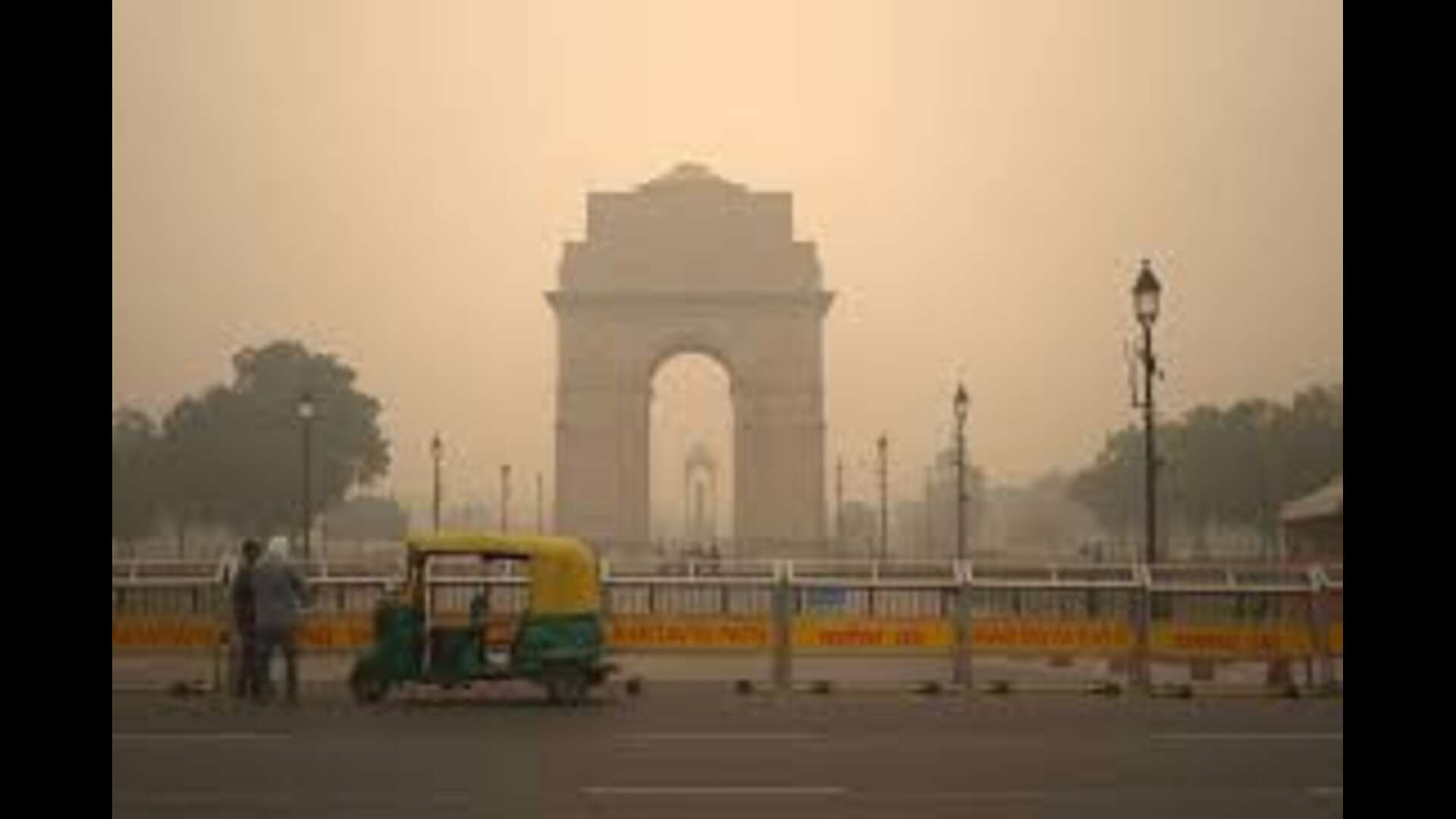Dr. Paul Kalanithi, a neurosurgeon and Chief Resident at Stanford University Hospital, a graduate of Stanford University with multiple degrees, including two from Cambridge – he was everything hard driving, first generation Indian parents could have asked for. Then, lung cancer struck and he was dead within two years of that deadly diagnosis. In that time, he wrote the most superlative book on dying that has ever been written.
Kalanithi’s book When Breath Becomes Air, the title derived from the poem above, is important in so many ways, to his readers, to his parents and siblings and to his wife and daughter. Most important is the fact that it is uplifting and positive and not heavy and sad. As the story’s primary character, Kalanithi works hard at developing himself for the reader. He begins with his childhood, the family’s move to Arizona from Bronxville, NY and the laser focus on grades and college admissions. He understands that while his story as an adult is sufficiently compelling, he must provide something in the way of a foundation, an anchor, that helps the reader understand who he is and where he comes from, also why he fights as hard as he does, to live, to write, to go back to surgery during his brief remission. He who has never given up, he who has been brought up to succeed, by immigrant parents living a tough life in a new country, away from close family and relatives, it is only he who can find a way to write this compelling book as he struggles to find time with his newborn daughter while fighting his rapidly spreading, drug resistant disease.
Kalanathi recognizes that western culture as well his parents’ Indian culture has turned death into a topic to be shunned, to be talked about in hushed tones and never in front of children. He has taken death and made it the centerpiece, not the elephant in the room that everyone refuses to see but the large, somewhat garish painting that hangs in the most prominent part of the living room. He has confronted death, fought it while acknowledging its inevitability and, eventually, embraced it. He describes his experience with grief as backwards, the normal being – Denial -> Anger ->Bargaining -> Depression -> Acceptance. He starts with Acceptance and moves backward to Anger and Denial but admits that the whole activity is futile. He must die, no matter what. His illness just means that he can’t make plans too far into the future, but then, who really can.
Ultimately, his message to his readers is that they must seek within themselves the strength to accept death, as early in life as possible. That is the only way to appreciate life completely. He says, ‘what patients seek is not scientific knowledge that doctors hide but existential authenticity each person must find on their own.’ His own life, abbreviated as it was, he filled with as much joy and fulfillment as he could – From writing this book and sharing with his family his thoughts about them, opening up about his difficulties with his wife just prior to his illness, the conception and birth of his daughter, to his return to surgery despite the pain and discomfort and finally to his warm, unencumbered embrace of death.
Priya Hajela is the author of Ladies’ Tailor, published by Harper Collins India.















